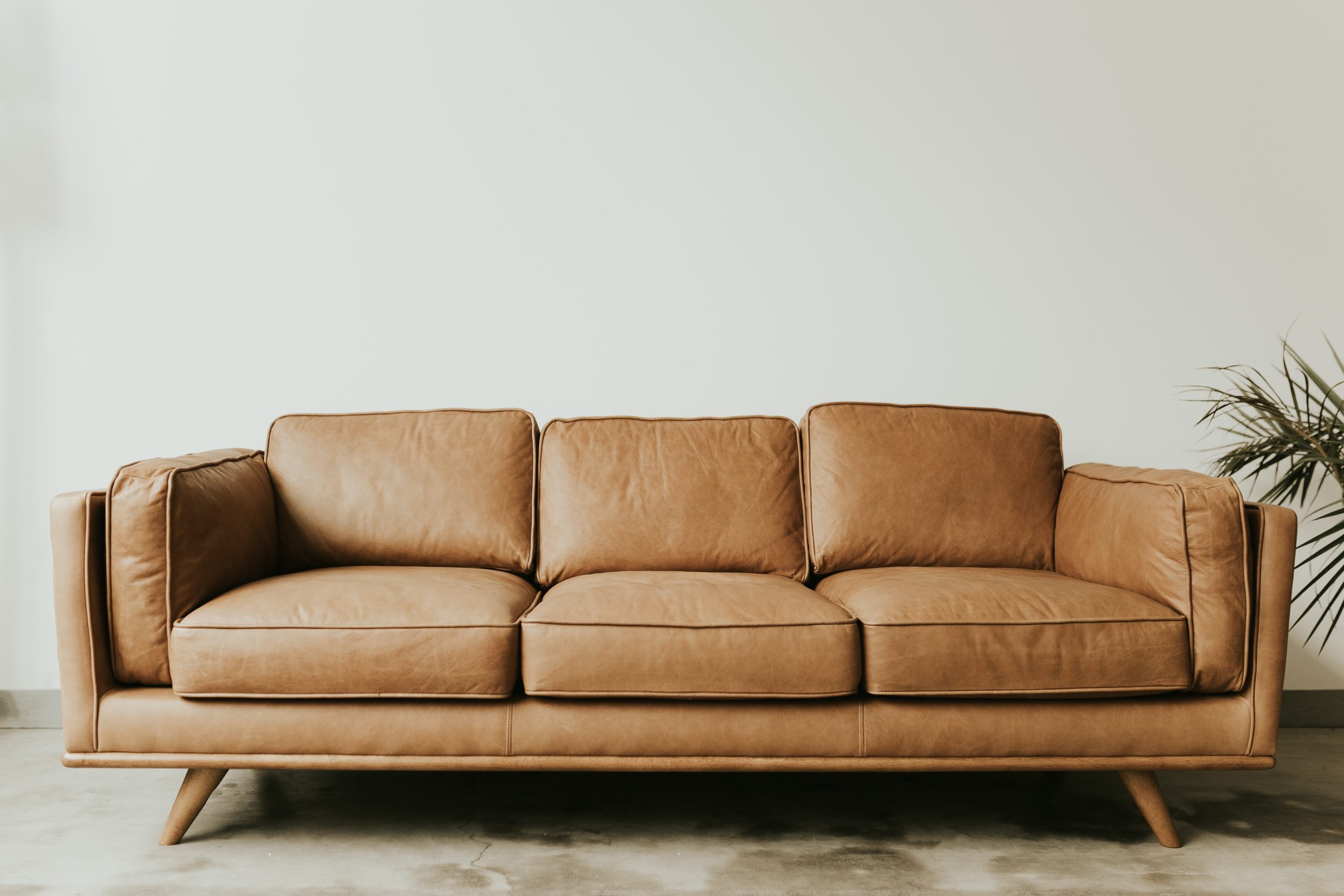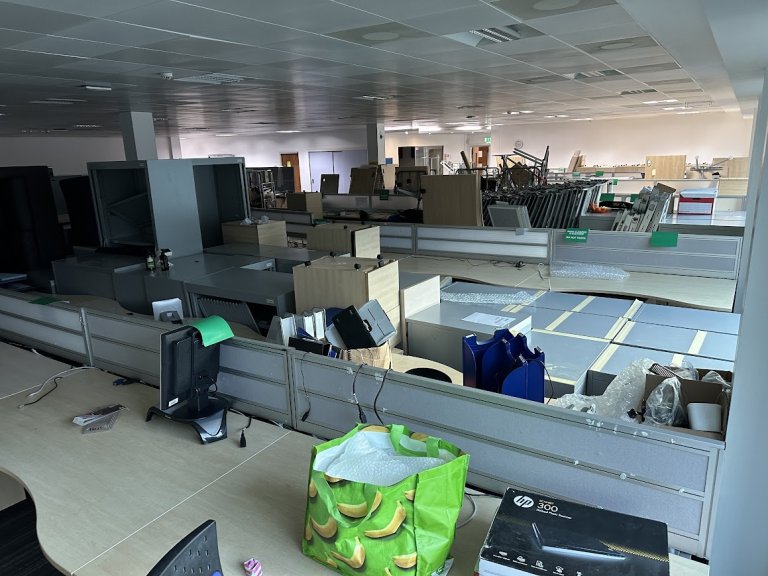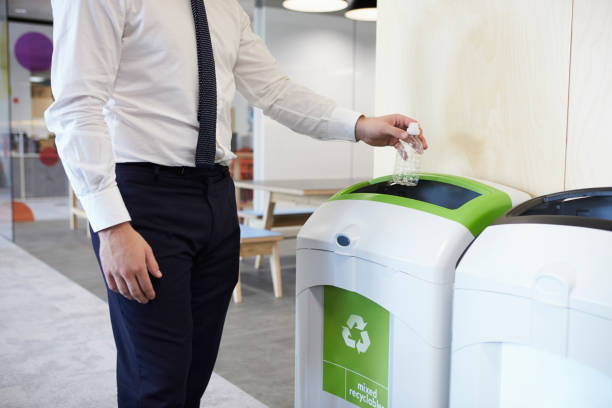How do I dispose of an old couch
Are you having difficulty getting rid of an old sofa? Well, you are not the only one. In today’s fast-paced society, it is easy to accumulate unwanted furniture and struggle to find a way to dispose of it. But don’t worry, this article will give you practical and sustainable solutions to solve your sofa disposal problems.
What to Do with an Old Sofa?
When it comes to getting rid of an old couch, there are several options to consider. First, you could donate it to a local charity or furniture bank to help those in need. Alternatively, you could sell it on online platforms or organize a yard sale.
If the couch is in poor condition, recycling it is a responsible choice. Many recycling centers accept furniture materials.
Finally, if none of these options are possible, it is important to contact your local waste management authority to arrange for proper disposal. By exploring these options, you can ensure the sustainable and responsible disposal of your old couch.

How to Dispose of an Old Sofa?
When it’s time to part ways with your old sofa, you may be wondering what your options are for disposing of it. Fortunately, there are several ways to get rid of your old couch that are both environmentally friendly and potentially beneficial to others. In this section, we will discuss five different methods for getting rid of your old sofa: donating, selling, recycling, repurposing, or hiring a rubbish removal service. Each option has its own unique benefits, so let’s dive in and see which one is the best fit for you.
1. Donate Your Sofa
When considering how to get rid of an old sofa, donating it is a fantastic choice that benefits both yourself and others. Follow these steps to donate your sofa:
- Look up local charities or non-profit organisations that accept furniture donations.
- Contact the organisation to confirm that they accept sofas and ask about any specific requirements or restrictions.
- Get the sofa ready by thoroughly cleaning it and fixing any minor damages.
- Make arrangements for the sofa to be transported to the donation location.
- Take the sofa to the designated location or schedule a pick-up if available.
Fact: Donating your sofa not only helps someone in need but also reduces waste in landfills, contributing to a more sustainable environment.
2. Sell Your Sofa
Selling your old sofa is a great way to recoup some of its value and give it a new home. Here are the steps to successfully sell your sofa:
- Research the market to determine a fair price for your sofa.
- Clean and prepare your sofa for sale, making any necessary repairs.
- Take high-quality photos of your sofa from different angles.
- Write a clear and enticing description of your sofa, highlighting its features and condition.
- List your sofa for sale on online platforms like Craigslist or Facebook Marketplace.
- Respond promptly to inquiries and negotiate the price if necessary.
- Arrange a safe and convenient pick-up or delivery method.
Fact: Selling your sofa can not only help you declutter your space but also contribute to a more sustainable lifestyle by extending the lifespan of furniture.
3. Recycle Your Sofa
Recycling your old sofa is an eco-friendly option that helps reduce waste and conserve resources. Here are the steps to recycle your sofa:
- Research local recycling facilities that accept furniture.
- Ensure the sofa is in good condition for recycling.
- Contact the recycling facility for their specific requirements and procedures.
- Arrange for transportation of the sofa to the recycling facility.
- Follow any disassembly instructions provided by the facility.
- Deliver the sofa to the recycling facility or schedule a pick-up.
- Receive confirmation that the sofa has been recycled.
True story: In 2019, a family in London recycled their old sofa through a local furniture recycling programme. The sofa was disassembled and the materials were separated for recycling, reducing the environmental impact and giving the sofa a new life. Recycling not only helped the family declutter their home but also contributed to a more sustainable future.
4. Repurpose Your Sofa
There are several creative ways to repurpose an old sofa and give it a new life instead of disposing of it. Here are some steps you can follow:
- Transform it into a daybed by removing the back cushions and adding a new mattress or cushion on top.
- Convert it into a cosy outdoor bench by removing the upholstery and treating the wood or metal frame for outdoor use.
- Repurpose it into a pet bed by removing the cushions and adding a soft and washable pet-friendly cover.
- Turn it into a storage unit by removing the cushions, adding shelves or baskets, and using it to store books, toys, or other items.
- Create a unique statement piece by repurposing the sofa as a wall-mounted shelf or hanging storage solution.
5. Hire a Rubbish Removal Service
Hiring a rubbish removal service is a convenient option for disposing of an old sofa. Here are the steps to follow:
- Research local rubbish removal services that offer furniture removal.
- Get quotes from multiple companies to compare prices and services.
- Schedule a pickup date and time that works for you.
- Prepare the sofa by cleaning it and removing any personal items.
- Coordinate with the removal service on where to place the sofa for pickup.
- On the scheduled day, ensure someone is available to grant access to the removal team.
Fact: Hiring a rubbish removal service not only saves you time and effort but also ensures proper disposal of your old sofa, reducing environmental impact.

What Are the Factors to Consider When Choosing a Disposal Method?
When the time comes to say goodbye to an old sofa, there are several factors to consider when selecting the most suitable method of disposal. It is important to take into account the condition of the sofa, the time and effort required, the impact on the environment, and the local regulations for disposal. Let’s delve into each of these aspects and explore the best options for getting rid of your old couch.
1. Condition of the Sofa
The condition of the sofa is an important factor to consider when deciding how to dispose of it. Here are some steps to take based on the condition of the sofa:
- If the sofa is in good condition, consider donating it to a local charity or furniture bank.
- If the sofa is still usable but you no longer want it, try selling it online or through a yard sale.
- If the sofa is in poor condition and cannot be reused, explore recycling options in your area.
- If the sofa is beyond repair, consider repurposing it by transforming it into a new piece of furniture.
Pro tip: Before disposing of the sofa, make sure to thoroughly clean it and remove any personal items to prepare it for donation or recycling.
2. Time and Effort Involved
When it comes to getting rid of an old sofa, it is important to consider the amount of time and effort involved. Here are some steps to help make the process more efficient:
- Assess the condition of the sofa to determine if it can be easily moved or if it needs to be taken apart.
- Gather the necessary tools and equipment, such as screwdrivers or a utility knife, to assist with disassembly.
- Clear the area around the sofa to create space for maneuvering and to prevent any potential damage during the removal process.
- Ask friends or family members for help in lifting and carrying the sofa, which will reduce the amount of time and effort required.
- If you decide to hire a rubbish removal service, make sure to research and choose a reliable company that offers efficient and timely services.
By considering the time and effort involved, you can select the most suitable method for getting rid of your old sofa.
3. Environmental Impact
The environmental impact is an important consideration when disposing of an old sofa. Here are some steps to minimise this impact:
- Donate: Consider donating your sofa to a local charity or furniture bank. This reduces waste and allows someone else to benefit from it.
- Recycle: Check if there are any recycling facilities in your area that accept sofas. Recycling helps reduce landfill waste and allows materials to be reused.
- Repurpose: Get creative and repurpose your old sofa into something new. For example, you can turn it into a pet bed or use the fabric for DIY projects.
- Consider Materials: When purchasing a new sofa, choose one made from sustainable and eco-friendly materials to reduce future environmental impact.
Pro-tip: Before disposing of your old sofa, make sure to remove any hazardous materials or components to ensure safe disposal or recycling.
4. Local Disposal Regulations
Local disposal regulations play a crucial role in determining how to properly dispose of an old sofa. Here are some steps to consider:
- Research: Familiarise yourself with local regulations regarding sofa disposal.
- Permits: Check if you need any permits or approvals before disposing of your sofa.
- Collection Services: Find out if your local municipality offers curbside pickup or bulk item collection services.
- Drop-off Locations: Identify designated drop-off locations or recycling centres that accept old furniture.
- Professional Services: Consider hiring a professional rubbish removal service that follows local regulations.
A friend of mine had to dispose of her old sofa and discovered that her local regulations required her to schedule a pick-up appointment with the municipality. She filled out a form online, and the sofa was collected on the designated day, ensuring proper disposal.

How to Prepare Your Sofa for Disposal?
As you get ready to say farewell to your old sofa, it is crucial to adequately prepare it for disposal. This not only guarantees a seamless procedure for the disposal company, but also contributes to the preservation of the environment. In this section, we will explain the essential measures to prepare your sofa for disposal. Starting from cleaning and removing personal belongings, to disassembling if feasible, and ultimately covering or wrapping the sofa, we will provide you with a thorough step-by-step guidance throughout the process.
1. Clean and Remove Personal Items
When preparing to dispose of an old sofa, it’s important to clean and remove personal items before proceeding with the chosen method. The following steps can help:
- Clean the sofa thoroughly, vacuuming any dust or debris.
- Remove any personal items such as pillows, blankets, or decorations.
- Check for any hidden items, like loose change or small toys, in the crevices of the sofa.
- Dispose of any removable covers or cushions separately, following the appropriate disposal method.
- Wipe down the sofa with a damp cloth to remove any remaining dirt or stains.
Remember to consider donation, recycling, or repurposing options before discarding the sofa.
2. Disassemble if Possible
Disassembling an old sofa can make it easier to dispose of and reduce its size for transportation. Follow these steps:
- Remove any cushions or pillows.
- Locate any screws or bolts holding the sofa together.
- Use appropriate tools to unscrew or unbolt the sofa.
- Separate the sofa into its individual components, such as the backrest, armrests, and seat.
- If necessary, cut any fabric or upholstery to make disassembly easier.
By disassembling your old sofa, you can save space, facilitate recycling or disposal, and potentially repurpose or upcycle its parts. Remember to consult local disposal regulations and consider donating or selling usable components.
3. Cover or Wrap the Sofa
Covering or wrapping the sofa is an important step when preparing it for disposal. Here are the steps to follow:
- Clean the sofa thoroughly to remove any dirt or debris.
- Remove any personal items or cushions from the sofa.
- Consider disassembling the sofa if possible to make it easier to handle.
- Use a plastic furniture cover or wrap the sofa in plastic wrap to protect it during transportation.
By covering or wrapping the sofa, you can prevent any damage or dirt from spreading during the disposal process. It also helps to keep the sofa in good condition if you plan to donate or sell it.
What Are the Alternatives to Disposing of an Old Sofa?
When the moment arrives to bid farewell to your previous sofa, disposing of it might not be your sole choice. In reality, there are various alternatives to just throwing it away. Let’s delve into some inventive and environmentally friendly methods to separate from your old couch. From donating it to a furniture bank to repurposing it into a new furniture piece, there are numerous options that can be advantageous for both you and the environment. Let’s explore the alternatives to getting rid of an old couch.
1. Donate to a Furniture Bank
Donating your old sofa to a furniture bank is a great way to give it a second life and help those in need. Here are the steps to donate to a furniture bank:
- Research local furniture banks or charities that accept furniture donations.
- Contact the organisation to enquire about their donation process and any specific requirements.
- Prepare your sofa for donation by cleaning it thoroughly and making any necessary repairs.
- Arrange for transportation if needed, either by scheduling a pickup or dropping off the sofa yourself.
- Complete any paperwork or documentation required by the furniture bank for your donation.
- Feel good knowing that your old sofa will be given to someone who truly needs it.
2. Offer to Friends or Family
Offering your old sofa to friends or family is a great way to give it a new home and keep it within your circle. Here are some steps to follow:
- Reach out to your friends or family members who may be in need of a sofa.
- Communicate the condition of the sofa honestly and provide any necessary details, such as measurements or photos.
- Arrange a convenient time for them to come and pick up the sofa.
- Help them with the logistics of transporting the sofa, such as providing blankets or ropes to secure it during transportation.
- Ensure that the sofa is safely delivered to its new location.
Remember, offering your sofa to friends or family not only helps you get rid of it responsibly but also allows someone you know to benefit from it.
3. Use for Firewood or Compost
When getting rid of an old sofa, one option is to use it as firewood or compost. Here are the steps to follow:
- Take apart the sofa to separate the wooden frame and fabric.
- If the wooden frame is in good condition, cut it into smaller pieces suitable for firewood.
- Store the wooden pieces in a dry place to let them dry before using them as firewood.
- If the fabric is made of natural materials like cotton or linen, it can be composted.
- Tear the fabric into smaller pieces and add it to your compost pile or bin.
- Add other compostable materials like kitchen scraps, leaves, and grass clippings to balance the carbon-to-nitrogen ratio.
- Regularly turn the compost to help it decompose.
- After a few months, the fabric will break down and contribute to nutrient-rich compost.
Other suggestions for repurposing your old sofa include using it in a DIY project, donating it to a community garden for composting, or giving it away to someone in need of firewood.
4. Upcycle into a New Piece of Furniture
Upcycling an old sofa into a new piece of furniture is an eco-friendly and creative way to repurpose it. Here are the steps to upcycle your old sofa:
- Assess the condition of the sofa to determine if it can be transformed into a new piece.
- Identify the desired new furniture item, such as a bench, ottoman, or pet bed.
- Measure and plan the necessary modifications, including removing unnecessary parts and adjusting dimensions.
- Gather materials like fabric, padding, and tools needed for the upcycling project.
- Disassemble the sofa, carefully removing the upholstery and separating the different components.
- Repair or reinforce the sofa’s frame if necessary.
- Cut and sew new fabric to cover the sofa’s components, ensuring a snug fit.
- Add padding or foam to provide comfort and support.
- Reassemble and secure the components, following the plan created earlier.
- Add any final touches or decorative elements.
- Enjoy your new, upcycled furniture!







